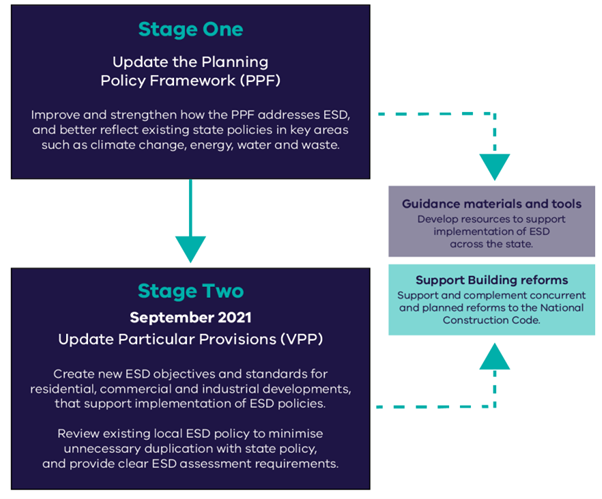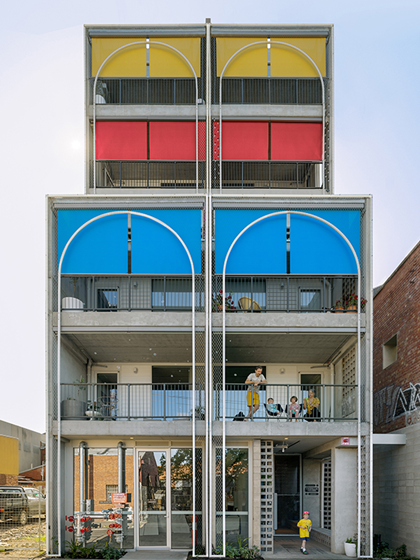“Green” indicates utilizing resources in a way that is beneficial to health and environmental sustainability while reducing waste. In the building and construction industry, to be green is to use items, software, or methods of and for buildings that have a lower-than-average impact on the planet. Additionally, other than the environmental aspect, “Green” also indicates social health and sustainability.

What is “Green” in the building and construction industry
“Green” indicates utilizing resources in a way that is beneficial to health and environmental sustainability while reducing waste. In the building and construction industry, to be green is to use items, software, or methods of and for buildings that have a lower-than-average impact on the planet. Additionally, other than the environmental aspect, “Green” also indicates social health and sustainability. This means the building needs to positively affect the psychological well-being and health of its occupants. Combining environmental and social components, this concept is also known as environmentally sustainable design (ESD).
Why Build “Green”
The building and construction industry is the largest sector of Victoria’s economy. This sector provides the third most job opportunities numbered 330900 with 286300 of those being full-time. The construction industry also generates 35.6 gross product which is 8.2% of gross state product (GSP). It also accounts for 57% of the state’s tax revenue. However, construction and building are also responsible for 39% of all energy-related carbon dioxide emissions. Therefore, applying green technology to construction has a significant effect on environmental protection. (source)
The government of Victoria is conducting multiple schemes and policies that subsidize ESD while regulating environmentally unfriendly design. The exact policies are listed below.
Solar panel rebate up to $1400 per house for installing solar panel system. (source)
Trajectory of low-energy building: This is a suite of policies aiming at achieving zero energy and carbon-ready commercial and residential buildings in Australia. (source)
Environmentally Sustainable development policy: This regulation requires the applicants to submit building plans that meet the minimum ESD requirement to proceed with the builder’s building plan. (source)
Updated Planning Policy Framework (PPF) (source)
Updated Particular Provision(PPV) (source)
The graph below shows the meaning of 2 updates: (source)

The Victorian Government also announced $2.57 billion boost to build policies demonstrate the dedication of the Victorian Government to improve environmental and social sustainability. This information combined with those policies shows that the Victorian Government is pouring a lot of resources into “Green” construction. To the businesses in the building industry, this means building “green” has high commercial value.
To start-ups in the building industry. Focusing on improving the ESD of projects is a fabulous idea because it can help them to align with government policies and hence get more subsidies and project opportunities. These two things are both wanted but lacked by start-ups. The innovative ideas of start-ups in strengthening ESD can also make it stand out from builders that have more experience.
How to build “Green”
Now, the question lies in what a firm can do more ESD. Following are the tips for doing it.
The table below lists things to consider.
Environmental component:
|
The item needs to consider |
Recommendations to improve |
|
|
|
|
|
|
|
|
|
|
|
|
Social component:
|
The item to consider |
Recommendations to improve |
|
|
|
|
|
|
The winner of the 2022 Sustainability Awards Multi-Residential Dwelling Category, Terrace House, is an example of building “Green”. It is founded on principles of environmental, financial, and social sustainability. It achieves both environmental and social components of ESD.
Terrace house used following things to achieve this outcome:
Concrete 50% Cement Replacement (Fly Ash) Recycled aggregate.
Proportion of recycled water used. Target 50%. Achieved 100%
11kw Solar PV System. Embedded network with 100% Green Electricity.
Induction cooktops and Electric BBQ
Low VOC
Apartment Master Switch
90% Construction Waste Recycled
Dedicated waste room with recycling facilities. Batteries & Electronic waste. Worm Farm.
10,000L Rainwater tank used for landscape
7,000 Stormwater detention Tank for reuse
Melbourne Water Storm Rating of 133%
High-efficiency WELS rating for all fixtures
Brass, locally made fixtures
Electric Heat Pump for Hot Water
Water Sensitive Landscaping
Recycled Clay Red Brick Facade
FSC Timber
WSACAP Steel
R4.0 Wall Insulation
R6.0 roof insulation
U = 2.7 glazing
Energy Recovery Ventilators
Lightwells with Cool Mist

To conclude, building “green” is essentially Environmentally Sustainable Design (ESD). This is currently supported by the government and wanted by the market. Hence, both mature firms and start-ups in the construction industry can participate in this revolution of building.